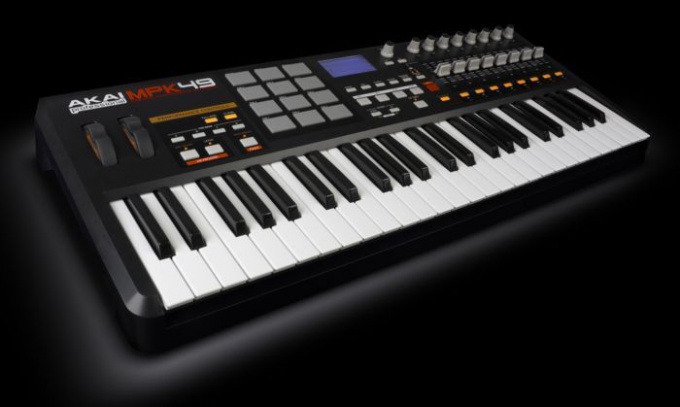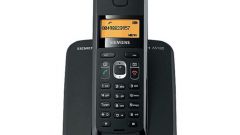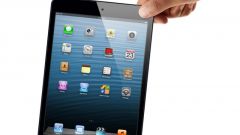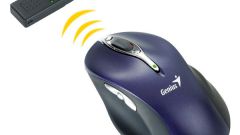Instruction
1
Connecting Midi keyboard to computer can be accomplished in several ways.
The first and most common way is to connect via Midi cable. Virtually all Midi keyboards and computers are equipped with Midi ports. Installation of drivers generally is not required.
The first and most common way is to connect via Midi cable. Virtually all Midi keyboards and computers are equipped with Midi ports. Installation of drivers generally is not required.
2
The second method is connect using the USB port. This is a more modern connection method. Significant difference and advantage of it is the ability of power supply and Midi signal via a single USB cable. To determine the USB connection requires drivers that are supplied together with a Midi keyboard.
3
And finally technically obsolete connection method is by using the To Host connector and a Com port. This way is very rare due to the very low bandwidth and lack of Com-ports on modern computers.
4
When you connect a Midi keyboard of particular importance should be paid to the settings of your sound card. If you are a professional musician, then you need a sound card supporting 24 bit. Also you need to support ASIO or DirectX. This may be a sound card with interface PCI or external sound card.
5
Second, what is also important is the presence of a Midi keyboard, or other media devices. In the program the Reason creating music based on synthesizers, so the presence of devices such as a keyboard is really needed.
6
Let's say you are ready to install. The program Reason, usually, is two or three CD-ROMs. Run in the drive the first installation disk and install the program. After installation run the program and set Reason banks music data. The installation of banks of the musical data happens automatically when you first start the program. When the installation of the program Reason is completely finished, go to the main settings of the program.
7
To do this, go to Edit, select Preferences, in the column Page to select Audio. Go to page audio settings. In box Audio Card Driver note the driver for your sound card. Select ASIO, as this choice will be the best sound quality. Then you adjust the Sample Rate. Sample Rate is the sampling rate and is measured in Hertz. Selectable 96 kHz only in case, if your sound card and the CPU supports these options.




